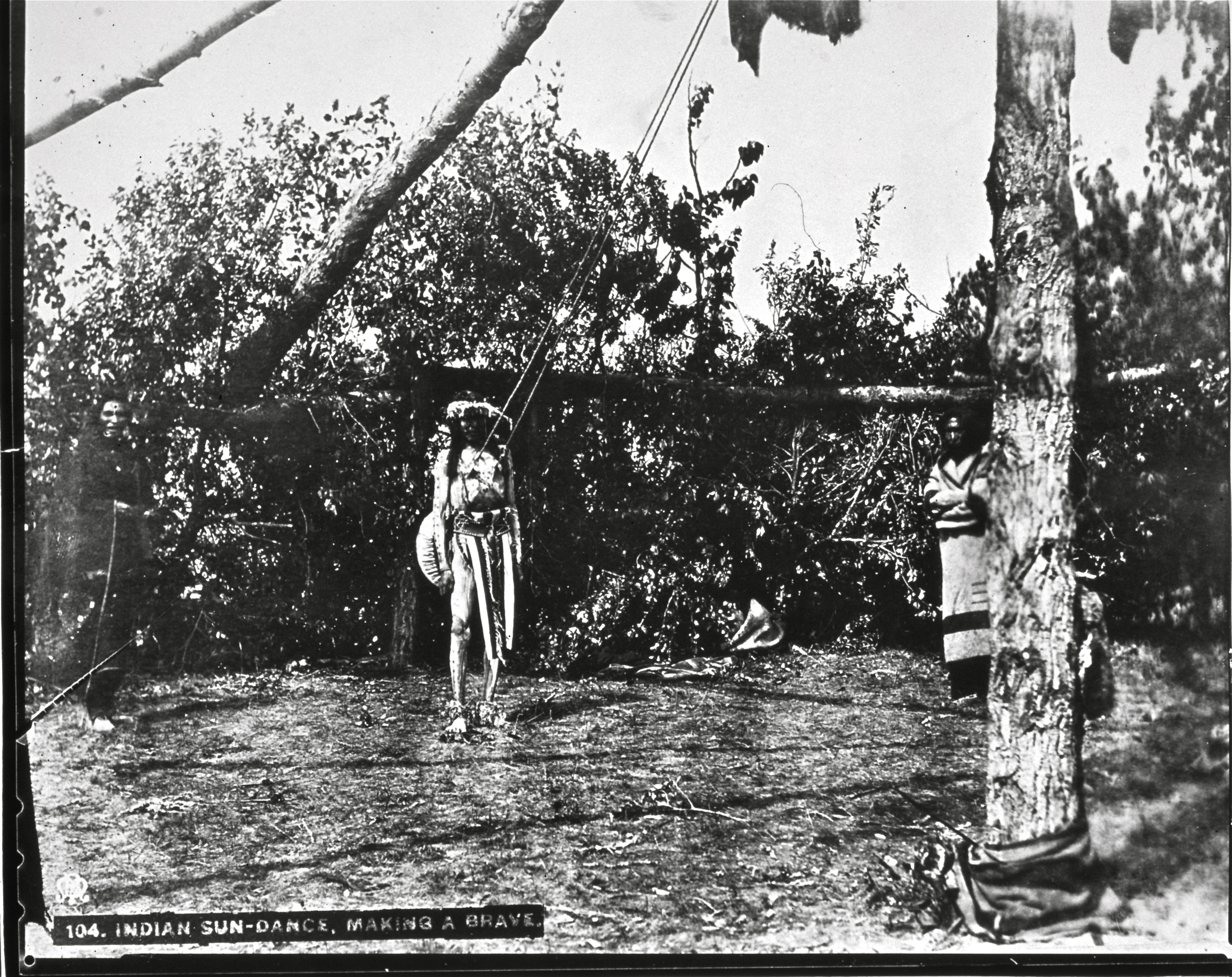By Joanna Cohan Scherer
Postscript
An earlier version of this paper was presented at the 93rd Annual Meeting of the American Anthropological Association in 1994 in Atlanta, Georgia in a session titled: "The Shadow Catcher: Ownership, Access, and Use of Native American Photographs" chaired by Ira Jacknis of the University of California, Hearst Museum. The papers from that session were subsequently published in the American Indian Cultural and Research Journal (UCLA), vol. 20, no. 3, 1996. Because of objections from a reviewer the journal declined to publish the present paper, for fear of offending Native readers' sensibilities.
The reviewer raised two issues. First, the apparent violation of sacred ceremonies through scholarly inquiry. Second, rejecting the use of prejudicial language, such as the term "buck," with the apparent intention of sanitizing history.
These issues revolve around the questions of ownership, access, and use of historical photographs, and knowledge in general. In the U.S., copyright laws grant the photographer ownership of these photographs and guarantee freedom of access after 75 years. All nineteenth-century historical photographs are now, therefore, in the public domain. There is a right to privacy, but photographs taken in public places are deemed open to all. 18 From the point of view of some contemporary Native people, ownership of photographs, especially those that show ceremonial activities, should remain with the group and are today being characterized as privileged intellectual property (Sullivan 1997).
Access today can be restricted, if archivists, librarians, and private collectors remove images from viewing. To many of these guardians of collections, however, their prime responsibility is to see that censorship of their material is not allowed (Powers 1996). From the American Indian point of view, access should be denied or restricted because knowledge found in historical images is often seen as carrying ritual power and even danger if not treated properly by the proper personnel (Jacknis 1996). The fear and fact is that this knowledge is being used by "New Agers" who are appropriating indigenous rituals and knowledge and using it without guidance, thus creating a danger by putting too much uncontrolled power in the world.
The issue of use and whether academics should publish historical photographs (or other information) that the present-day descendants of these subjects do not wish to make public, is more contentious. Western legal privacy and publication rules in general grant the use of such materials for educational purposes (Thomas 1998), but restrict the commercial use of photographs. For American Indians, use would be restricted to initiated members of the group for the purpose of helping to reclaim activities or ceremonial paraphernalia associated with rituals that have passed from oral tradition.
One of the basic principles in conflict is the nature of knowledge in different cultures. In Western culture, knowledge is for everyone. Scholarly inquiry is acceptable on any and all socio-cultural activities. Western scholarly responsibility of scientific inquiry makes the results of research available to all, but with the obligation to respect the wishes and desires of the people who are represented in the research. The fact is that photographs of the kind of ceremonialism under discussion are not permitted today, but that today’s attitudes are being used to rethink or judge events from the past. The decisions of the Blood Indians to allow photography of the Medicine Lodge ceremony in 1887 may have been for economic or political reasons, but regardless, this author believes it is disrespectful to second-guess the reasoning of those individuals and to consider the act of photography based solely on present-day sensibilities of what is deemed ethical or inappropriate. 19 The author does not believe one should sanitize or change historical facts to fit today’s political correctness.
The fundamental conflict then is between scholars who have had it in their power to determine topics to be studied and the view presented, and Native peoples seeking to gain decision-making power on their past. Even though in the post-modern literature there is a rejection of the authoritative voice of the scholar to speak for or about the "other" (Haas 1996), there is still a power struggle going on.
In the author's opinion, the issues of cultural authority can only be resolved by the acceptance of diverse voices. While we must respect contemporary American Indian sensibilities, at the same time we must not let presentist bias rewrite history.
Next Section: Bibliography
18 A counter to that generalization is presented by Holman (1996a:115; based on Edward Hall's work), who makes the observation that even in public places private activities occur.
19 Today researchers routinely obtain "informed consent" from their consultants. While consent and compensation were an issue in the periods of early photography it is open to question whether full understanding of objectives was possible.
